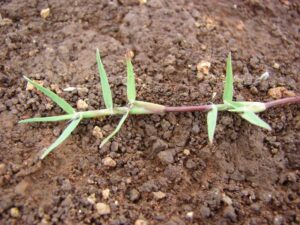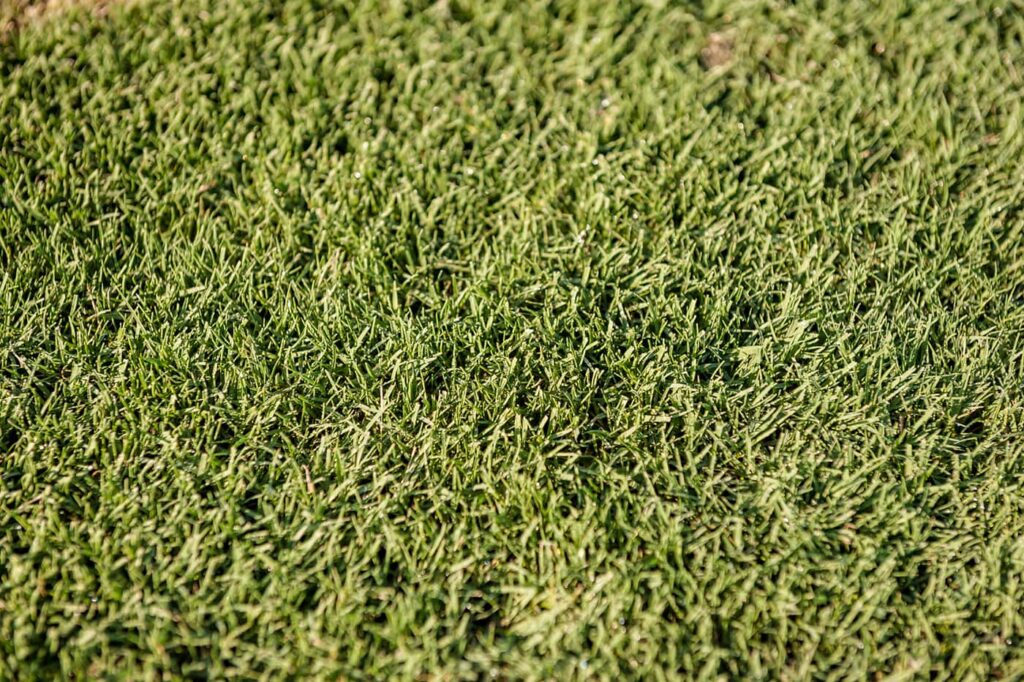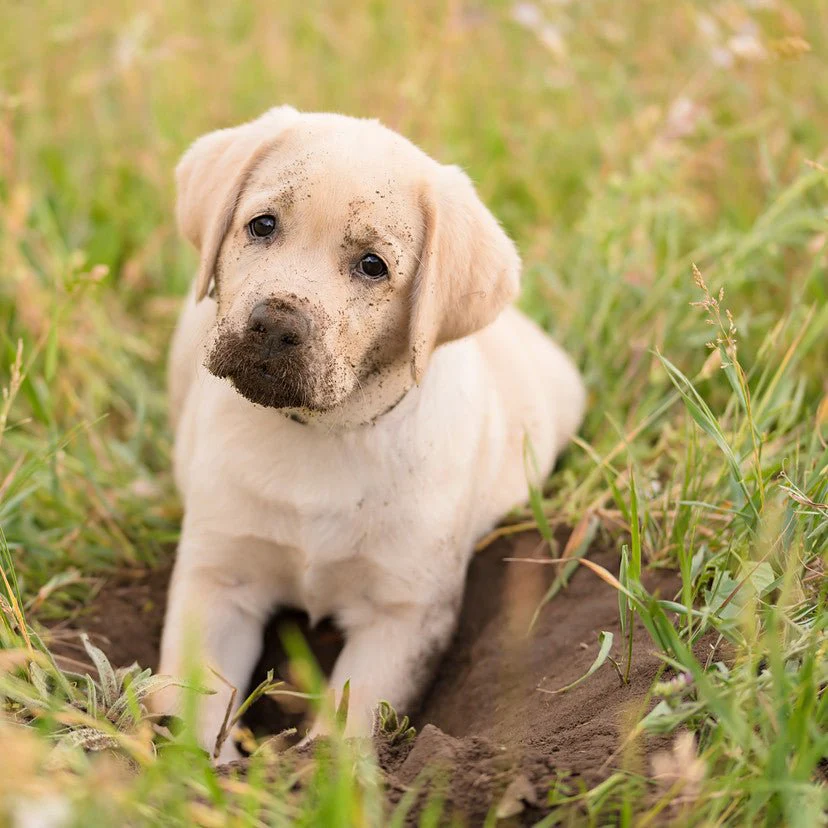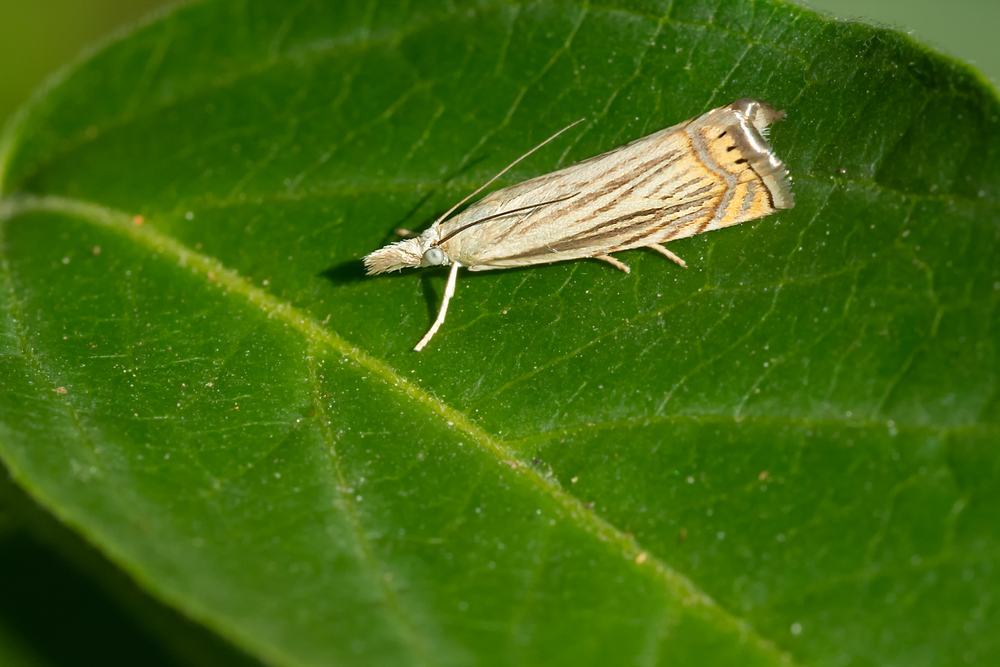Bermuda grass is found throughout the southern two-thirds of the United States as it thrives in warm weather climates. The warm-season perennial turfgrass is adapted to tropical and subtropical climates. This turfgrass variety grows best through periods of high temperatures, mild winters, and moderate to high rainfall.
Bermuda grass is a highly adaptable perennial that spreads by stolons, rhizomes, and seed. You can frequently see bermuda grass invading other parts of lawns by growing under the desirable grass and sprouting out on the surface. It has a perennial root system with deep rhizomes that allows it to endure and continually grow. It is commonly sold as sod, seed or plugs. This is also the type of grass that is frequently found on sports fields and golf courses in its dwarf form.
Bermuda Grass Characteristics & Traits
Bermuda grass is fine-textured with a thin grass blade between 2–16 cm long. The leaves on the stems of bermuda grass have long internodes alternating with one or more short internodes as shown in the image below. Bermuda grass is also somewhat darker in color than most varieties of turfgrass.
It is very tolerant of wear and tear and stands up to drought and other weather conditions in comparison to other types of turfgrass. Bermuda grass is also very salt tolerant, making it adaptable to coastal regions. It grows best at a pH of 6–6.5, depending on the type of bermuda grass you have.

Advantages & Disadvantages of a Bermuda Grass Lawn
Advantages
- Tolerant of high temperatures and droughts,
- Tolerant of wear and tear (why it’s used on athletic fields),
- Fast recovery rate,
- Easy to grow,
- Very attractive color,
- Salt tolerant.
Disadvantages
- Aggressive,
- Needs full sunlight,
- Difficult to control on lawn edges or sidewalks,
- Generally not very shade tolerant*,
- Requires at least weekly mowing during the growing season,
- If you fall behind on mowing (due to rain, vacation, etc.) the result will be scalping, which can be unsightly.





